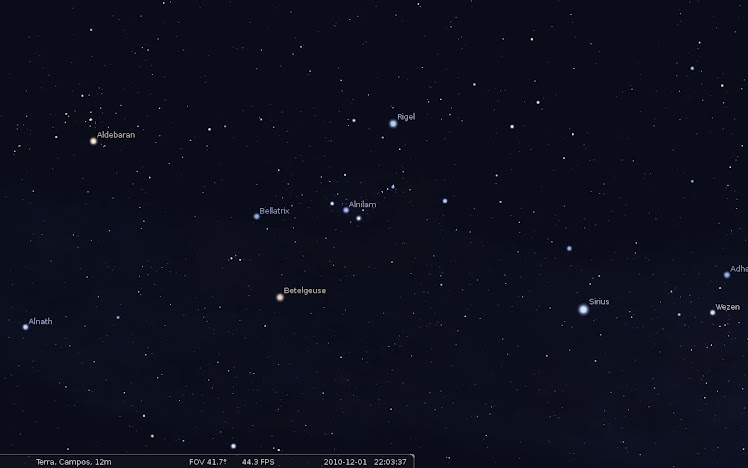What is variable star?
Definition:
Variable stars are stars whose brightness varies over time observed.
Strictly speaking, all stars are variable, as its brightness and its structure varies throughout their life. Although during most of the life of the stars brightness changes are very slow, there are some stages of their life in which the brightness varies rapidly, or even periodically.
Small variations in the brightness of stars may be caused by the less-hot for each sunspot on the sun - or warmer areas - prominence or flare - which disappear as soon as the star rotates around its axis. The brightness of the sun varies imperceptibly because of these phenomena. Most likely there will be similar phenomena in other stars.
Initially, the brightness of stars was determined visually by comparison with the brilliance of many stars. Currently, the most accurate measurements are made with solar cells, devices with cameras CCD (Charge Couple Device). Based on these devices, we obtain the variation of starlight over time - the light curve.
Denomination:
When a variable star is discovered, it is assigned a name according to the constellation where it is. The first variable star in the constellation to be discovered has a name that begins with an R followed by the name of the constellation. The second variable star begins its designation by S, then T, continuing to Z. After exhaustion of these letters, begins with the name of two letters. For example, RR, RS, RT, ... to ZZ. This is followed by the letters AA QZ (omitting J). With this designation, we get a number of 334 variable stars. However this number was greatly exceeded in many constellations. So we used a new standard name, starting with the letter V (variable) followed by a number beginning with 335, the order of discovery, V335, V336, V337 ....
For some stars, the name by the Greek letter is preserved, although it was later verified that this is a variable star.
Classification:
The classification of the variable star is made based on light curve in its spectrum and speed of separation or approximation of the Earth. The observations of the star can be made with visible light or not.
Thus, the variable stars can be divided into three major groups: eruptive, pulsating variables and eclipsing.
The variables are eclipsing systems consisting of two stars - binary systems. The brightness variations of these variables do not correspond to any physical variation of the star. These brightness variations are primarily due to an overlap of the two stars periodically.
Eruptive variables are stars that eject mass outwards. Many of them are components of binary systems in which the mass of the stars is transferred to another star.
The variables are pulsating stars that experience a change inherent in a given stage of its evolution. In some of the surface varies, reaching speeds between 40 and 200 km.s', and in some cases their diameter double in about 10 days.
Besides these groups, we could add another, which covers a small number of stars - the variables of rotation. The brightness variations of these stars are due to the skewed distribution of temperature on its surface. These stars have intense magnetic fields that cause stains. These spots appear and disappear before our eyes with the rotation of the star. Thus, the Sun can be regarded as an element, albeit tenuous, of this group.
Exemple of some variable Stars:
Mira, Betelgeuse, cefeidas....
An excerpt from,
("Dissertation of master's degree Sérgio Manuel de Oliveira Viana Faculty of Science, University of Porto, Sept. 2001).
